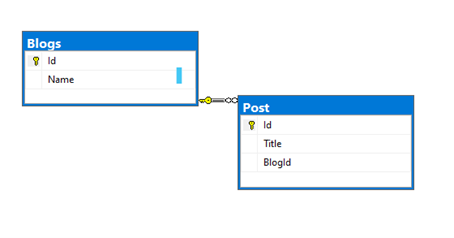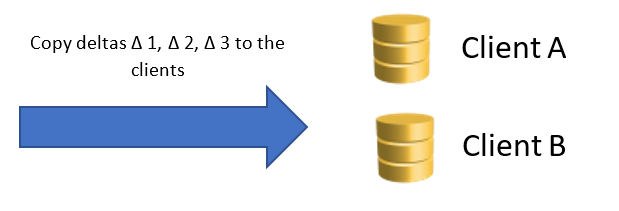To Synchronize data is one of the most challenging tasks out there, especially if you are working with LOB applications
There are many ways to synchronize data, the most common technique is to compare records by modification date and then merge the data to create a master record.
Here the main problem is that you have to have a way to compare each type of record, so it gets cumbersome as soon as the number of types in your application begins to grow.
Also, you have to have a log of what gets created and what gets deleted so you can do the same changes on the other nodes
Delta-based synchronization
delta-based synchronization is a problem of identifying “what changed” between each execution of a sync process
A directed delta also called a change, is a sequence of (elementary) change operations which, when applied to one version V1, yields another version V2 (note the correspondence to transaction logs in databases). In computer implementations
In delta synchronization, there are 2 main tasks
- Record the deltas (or small difference of data between nodes)
- Transmit these differences to the other nodes so they can process them
Implementing Delta-based synchronization for relational databases

The schema above represents a blog’s database, it’s a really simple schema so its easy to understand, now this is the scenario
We have the main database that we will call “Master” and 2 other databases named client A and client B.
Now let insert data in the master

Each DML statement should be converted in a delta (or a data difference)

Δ1
![]()
Δ2
![]()
Δ3
![]()
Copy deltas Δ 1, Δ 2, Δ 3 to the clients

So, after processing the deltas on each client, the data in all databases should look like the picture below

So that’s it for this post, in the next post we will be examing each part that is necessary to do delta-based synchronization
